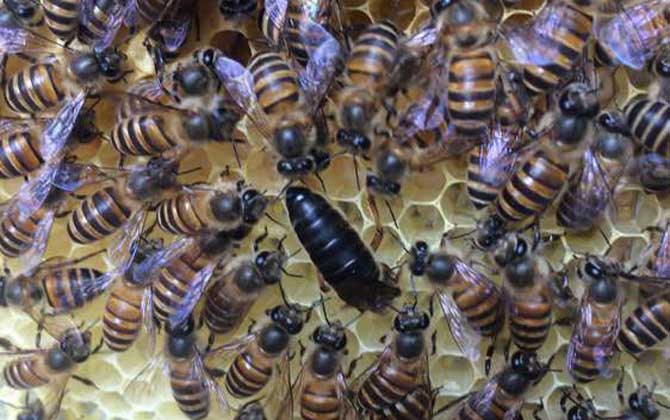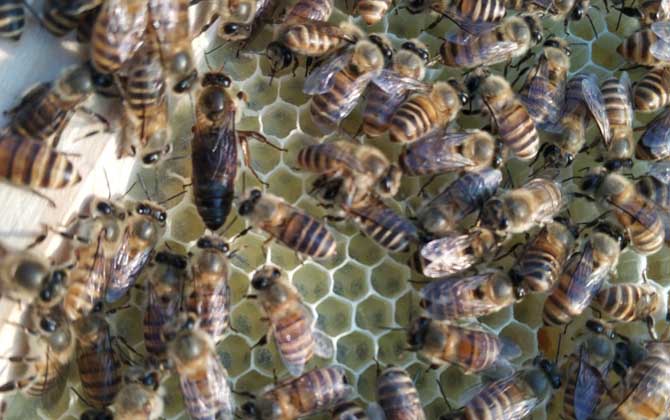The Queen Bee: Roles and Establishing a Dual-Queen Colony
The queen bee, also known as the female reproductive bee or hive mother, is the sole fertile female in a honeybee colony. Developed from a fertilized egg, she is responsible for laying all eggs in the hive. While a typical colony contains only one queen, beekeepers can artificially establish dual-queen colonies through specific techniques. Below we explore how to convert a single-queen colony into a dual-queen system.

I. Principles of Dual-Queen Systems
Honeybees are eusocial insects that rely on colony-specific pheromones to identify nestmates. Key principles include:
- Each colony maintains unique chemical signatures through the queen’s pheromones
- Worker bees aggressively defend against intruders from different colonies
- Successful dual-queen systems require gradual pheromone blending
- Physical separation using queen excluders prevents direct queen confrontation

II. Establishment Methods
1. Brood Chamber Dual-Queen System
Step-by-step process:
- Divide the brood box with a temporary partition
- Create separate entrance points for each section
- Introduce colonies with queens of similar age
- Allow 7-10 days for pheromone synchronization
- Replace partition with vertical queen excluder
2. Super Chamber Dual-Queen System
Implementation strategy:
- Establish primary dual-queen system in brood box
- Add super chamber with new entrance
- Separate chambers using horizontal queen excluder
- Transfer one queen to super chamber
- Monitor honey production in upper chamber

III. Management Considerations
Key Challenges and Solutions
| Issue | Solution | Frequency |
|---|---|---|
| Worker bee imbalance | Rotate capped brood frames between sides | Weekly |
| Swarming tendency | Split colony pre-swarm season | Seasonal |
| Disease vulnerability | Implement strict hygiene protocols | Ongoing |
Best Practices
- Use marked queens for easy identification
- Maintain detailed colony performance records
- Conduct weekly hive inspections during peak season
- Provide supplemental feeding during nectar dearth
Note: Dual-queen systems require 30% more management time than single-queen colonies but can increase honey production by 40-60% when properly maintained. Beekeepers should assess local nectar flows and colony strength before implementation.